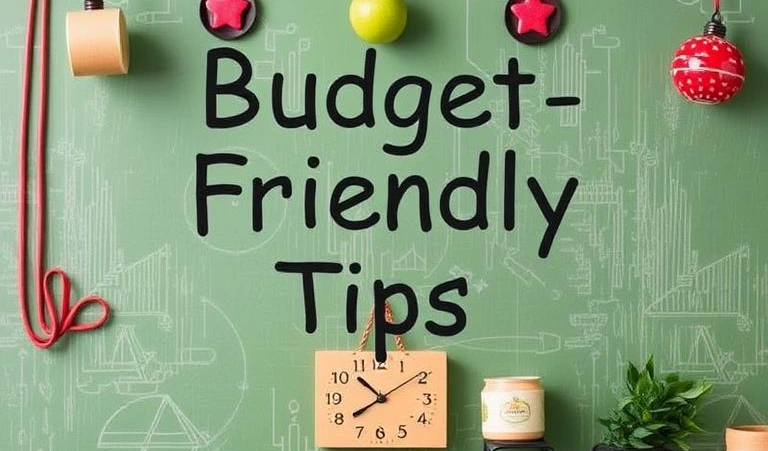1. Focus on Reusability:
Prioritize items that can be reused over and over again, saving you money and reducing waste.
2. Conscious Consumption:
Think before you buy. Shop only for what you need and avoid impulse purchases.
3. DIY and Repurpose:
Use what you already have and get creative with upcycling or homemade solutions.
4. Energy and Water Efficiency:
Reducing utility usage saves natural resources and lowers your monthly bills.
5. Buy Less, Choose Better:
A higher upfront cost for quality items can save you more in the long term.
6. Local and Seasonal Purchases:
Supporting local producers often reduces costs, packaging, and environmental impact.
